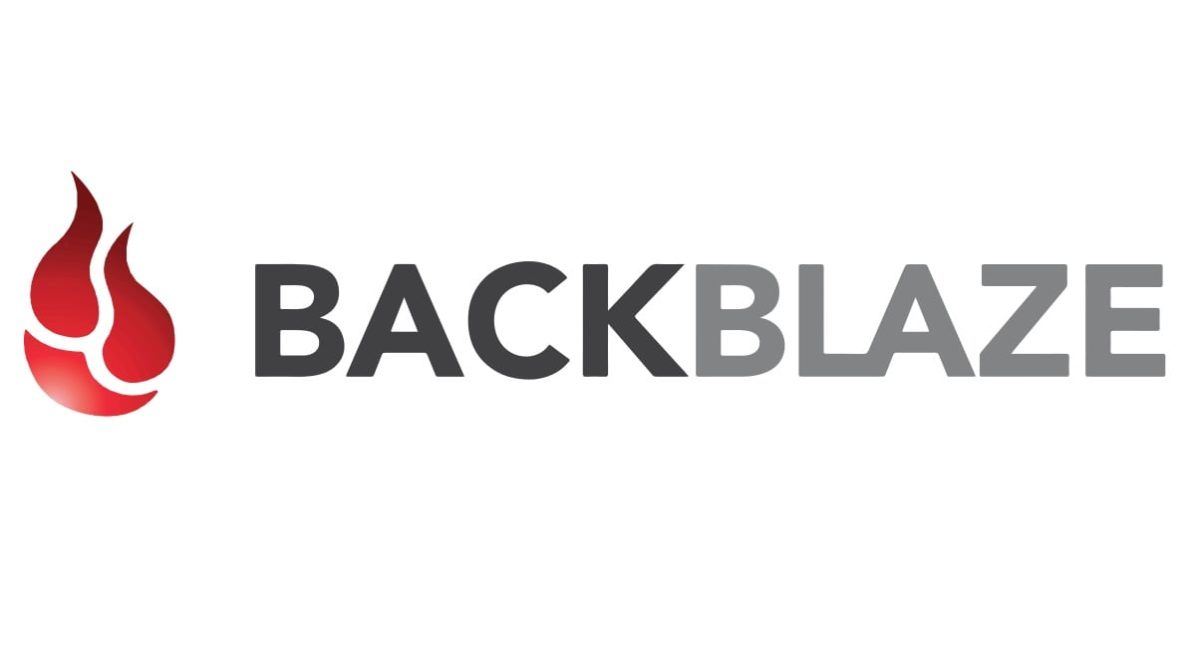

Reliability of individual components made up for in extreme redundancy inside the device itself. One fails, just kick in one of dozens of hot spares and report that in your SMART output. Or you can just fill a hard drive casing with dozens of rows of chips, beat it in capacity, and effectively sell your customer a "RAID" (remember when the I used to mean "inexpensive"?) over all those SSD chips without ever revealing that to the drive interface. Now think - you're a hard drive manufacturer struggling to keep up with the technology to produce ever-tinier tracks and heads and cram in more platters. I would imagine that in the space of even the largest enterprise hard drive you could easily fit ten to a hundred times the capacity with SSD. And in the space occupied by an enterprise 3.5" hard drive, you can literally fit dozens, if not hundreds of NVMe-sized chips.
Hard drives are going to die, and I'm surprised they haven't already. Once it's there, of course you can read it a billion times, but how do you encode that state permanently enough, but where you can change it on will very quickly if necessary? How do you write to something that will maintain that data for a long period even if you never touch it again? That's why Flash and other tech took decade to be stable. And when you think about that, that's the hard part in SSDs. Ultimately, the company acknowledges that 8TB hard drives have arrived and seem to be extremely reliable … or as the company puts it, “looking good.” We’ll find out more when the firm releases its follow-up report next quarter.I find it interesting that SSDs tend to fail in completely different ways:Īnd the write-life of SSDs is only ever growing. Their low failure rate roughly translates to an average of one drive failure per Storage Pod per year.” The 4TB Seagate drives are our workhorse drives today and their 2.8 percent annualized failure rate is more than acceptable for us. “We’ll miss those drives they were rock stars for us. “Sadly, we’ll be saying goodbye to the HGST 2TB drives, but we need the space,” the company states. Thus, the company heavily relies on Seagate, which seems to do the job rather nicely. The company says that it has a hard time acquiring drives from Toshiba and WD for some reason, speculating that it could be due to poor availability or “an unexplained desire” to simply not sell drives to Backblaze. Most of the hard drives in use are provided by Seagate and HGST although there are a few tossed in from WD and Toshiba as well. This drive model racked in 2,683,029 drive days with only 30 failures during the quarter, earning an annual failure rate of 0.4 percent. Next in line is the HGST HMS5C4040BLE640 4TB drive with 8,473 units deployed, consuming 12.3 percent of the company’s total hard drive count. In the Annualized Hard Drive Failure Rates chart, this model logged 16,688,047 days with 1,296 failures in the second quarter, generating an annualized failure rate of 2.70 percent. Overall, the company mainly relies on the Seagate ST4000DM000 4TB drive, with 34,693 units deployed consuming 50.4 percent of the company’s total hard drive count. Thus, if the company installs a drive on July 1 but it fails on August 31, the company will mark down 62 days and one failure to the overall results of that specific model. The company backs its cumulative Annualized Failure Rate with “Drive Days,” meaning a day is recorded when the hard drive is present in the system. The Seagate DT8000DM002 worked for 44,000 days and only saw four failures, generating an annual failure rate of 3.30 percent. The HGST HDS5C8080ALE600 worked for 22,858 days and only saw two failures, generating an annualized failure rate of 3.20 percent. The company moved to 8TB drives to optimize storage density.Īccording to a chart provided in the report, the 8TB drives are highly reliable. The company’s report also notes that it finally introduced 8TB hard drives into its fold: first with a mere 45 8TB HGST units and then over 2,700 units from Seagate crammed into the company’s Blackblaze Vaults, which include 20 Storage Pods containing 45 drives each. This model had an annualized failure rate of 8.72 percent for that quarter. The next in line was the WD WD40EFRX 4TB drive in a quantity of 46 units working 4,186 days. The report is based on data drives, not boot drives, that are deployed across the company’s data centers in quantities of 45 or more.Īccording to the report, the company saw an annualized failure rate of 19.81 percent with the Seagate ST4000DX000 4TB drive in a quantity of 197 units working 18,428 days. Fitbit Versa 3Ĭloud backup and storage service provider Backblaze recently posted its hard drive stats for Q2 2016, revealing hard drive failure data generated within the quarter spanning from April through June, 2016.


 0 kommentar(er)
0 kommentar(er)
